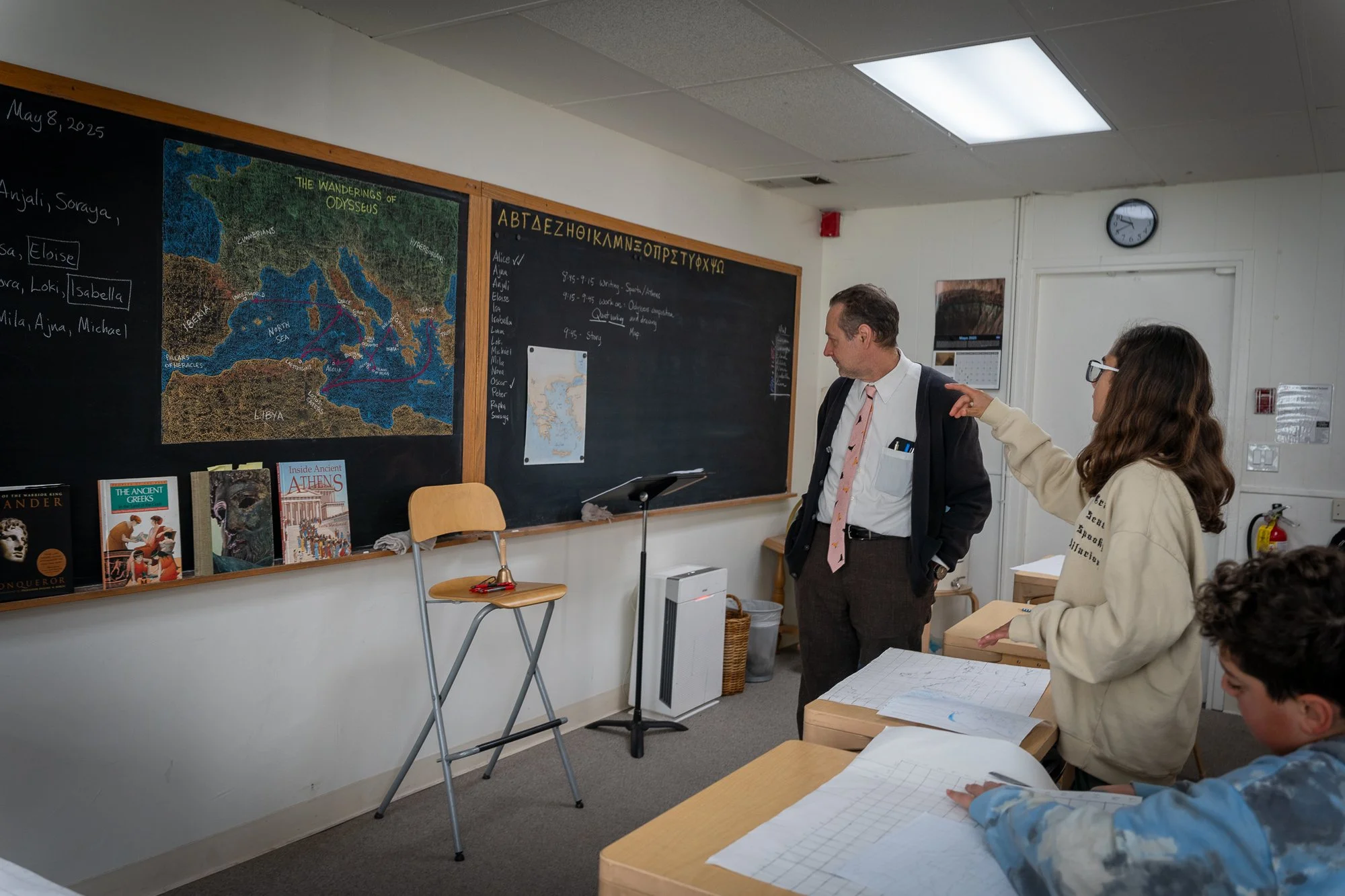
What is Waldorf education?
Waldorf pedagogy is a developmentally aligned, experiential, and academically rigorous approach to education. Throughout the educational arch, the arts and kinesthetics are incorporated into all academic disciplines to enhance and enrich learning. Waldorf education is meant to address the whole child: their physical, social, and emotional well being, and their intellectual, cognitive and spiritual development. Waldorf schools aim to create a deeply meaningful learning experience, which encourages students to evolve into active thinkers and fully develop their unique capacities.
The primary intention of Waldorf education is to bring forth the potential of each child in a way that serves humanity.
Waldorf Education is based on the insights, teachings, and educational principles of Austrian philosopher and activist Rudolph Steiner. The first Waldorf school began in 1919 in Stuttgart Germany for the children of the Waldorf Astoria Cigarette Factory workers. Following the devastation of World War I, Steiner founded the school in response to a question brought to him by benefactor Emil Molt: “Is there a way to educate children that will help them develop into human beings who will be capable of bringing peace to the world?”
In the early years, Waldorf education encourages a low tech approach in the classroom and at home. Instead, children engage in imaginative play, hands-on work, artistic activities, group song and movement, stories, puppet shows, and time outdoors. The goal is to foster a strong academic and developmental foundation, social connections, and an appreciation for the natural world before introducing tech devices.
In most Waldorf schools, students may have the same teacher for many years. Some of the benefits of this approach include: teachers having a deeper understanding of a student’s learning style, students receiving a consistent learning environment, and an enhanced sense of community between parents, students, and teachers.
Formalized testing is introduced to Waldorf students in the upper grades. Storytelling, collaborative projects, experiments and games are used as academic tools in both lower and upper grades, with an emphasis on human interactions. Lessons are interdisciplinary, and each assignment integrates academics with fine and practical arts. Waldorf graduates are flexible, creative, confident, independent thinkers, equipped for future challenges.

